Here in Jordan, all the churches in the Christian community follow the Orthodox calendar for Easter, so today is Good Friday 2023. Some in the West might be surprised to learn that there are two different methods (at least) for determining the date for Easter. Here in Jordan, it was decided early on (for the sake of unity and simplifying a religious calendar that also contains all of the Islamic holidays) that the Christian community would observe Western Christmas and Eastern (Orthodox) Easter. That system has seemed to work for decades.
During this particular Lenten season, I have spent a lot of time contemplating the events of the Passion Week. I compared the different gospel accounts, attempted to make a integrated timeline (which is clearly a contemporary Western past-time. Each of the gospels stands on its own and any attempt at harmonizing, IMO, is a symptom of our contemporary obsession with time and putting things in chronological order). I also looked at a lot of artwork depicting the events of the “last week” of the earthly existence of Jesus. “Last week” in quotes, because, in reality, Jesus did have several more weeks on earth after he was resurrected and before he ascended bodily into heaven.
Looking at Biblical artwork inevitably brings me to the collection of James Tissot (1836-1902), the French painter, who, despite being a mentor to impressionist Edgar Degas, was firmly planted in the era of realism. This comes out in his detailed depiction of people, their clothing, and immediate surroundings in much of his work. His early work often seems to depict the relaxed high-life of French bourgeois society in the mid-1800s. Lovely people dressed in lovely clothes ensconced in lovely locations. The attention to detail he gave to clothing in particular is often attributed to the fact that his parents were involved in the textile and fashion industry. Despite his father’s wish that Tissot would take up the family business, James followed his creative passions and delved into the 19th-Century art scene.
At this point, you might be wondering if we are veering a bit off-topic, but I assure you we are not. Following the death of his muse and companion Kathleen Newton, James experienced a renewal of his perhaps latent Christian faith, which he had inherited from his Roman Catholic mother. His focus turned from fashion and French bourgeois society to depicting the life of Jesus. This later chapter in Tissot’s career was fueled by three expeditions to the Middle East. For anyone who has lived here, or even just visited briefly, it is obvious the artist had spent time in these lands. He captures the terrain, the architecture, the fashion, and especially the faces and emotions of the Middle East in his evocative depictions of the Biblical narrative.
There are hundreds of paintings in Tissot’s oeuvre (a term he may have eschewed as a verified anglophile), all of which are worth seeing. For today’s post, I have selected a handful that capture the grief-stricken moments as Jesus is lowered from the cross, prepared for burial and laid to rest. Although not described in great detail in the Bible, it was meaningful for me during this Lenten season to contemplate, through Tissot’s minds-eye, the pain and sorrow of those moments.
Yes, Easter is coming … but sometimes we move on too quickly from that Friday, which when first experienced, could not have been described even remotely as “good.”
For a more complete collection of Tissot’s Passion Week / Holy Week painting, check the following links:
https://www.joyfulheart.com/holy-week/
Filed under: Faith in Art, Jordan | Tagged: Burial, Christianity, Crucifixion, Easter, Good Friday, Holy Week, James Tissot, Jordan, Lenten Season, Middle East, Passion Week |



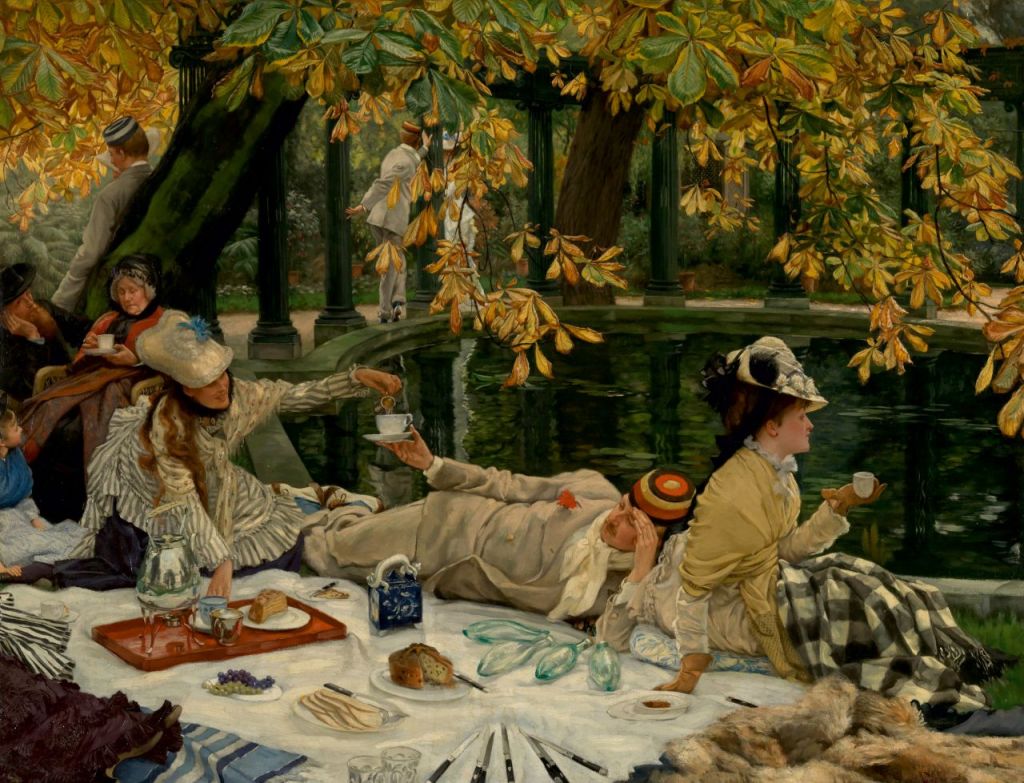
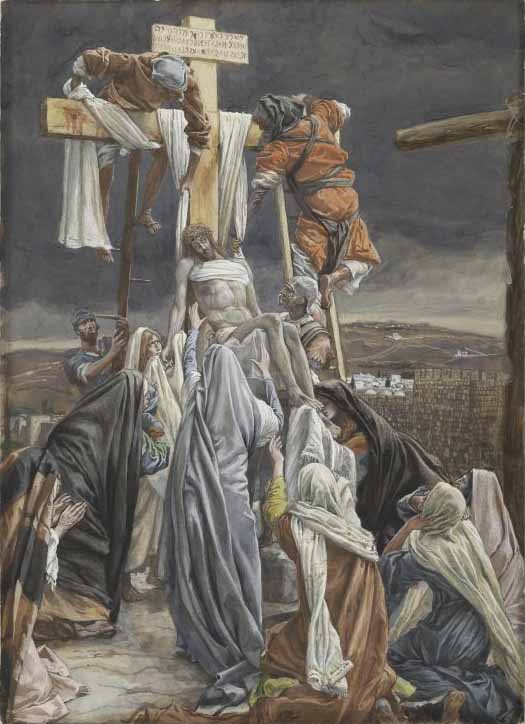
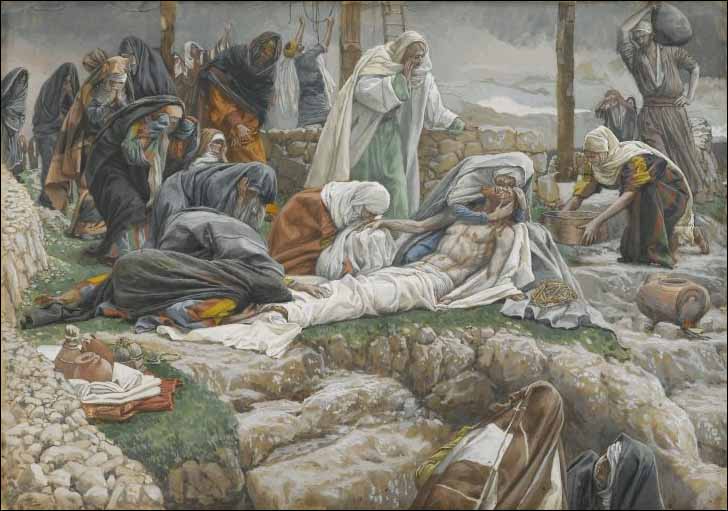
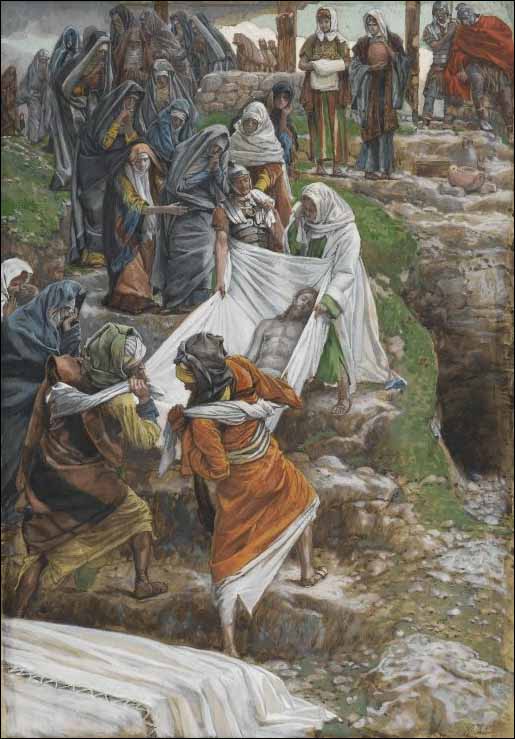

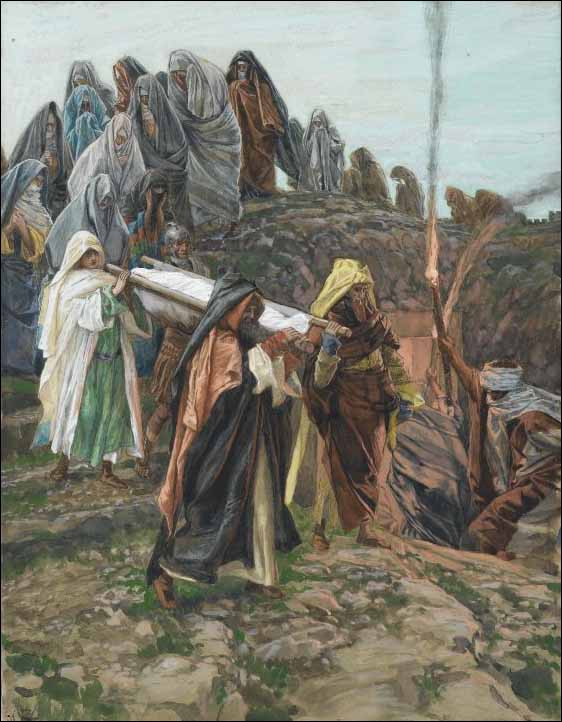
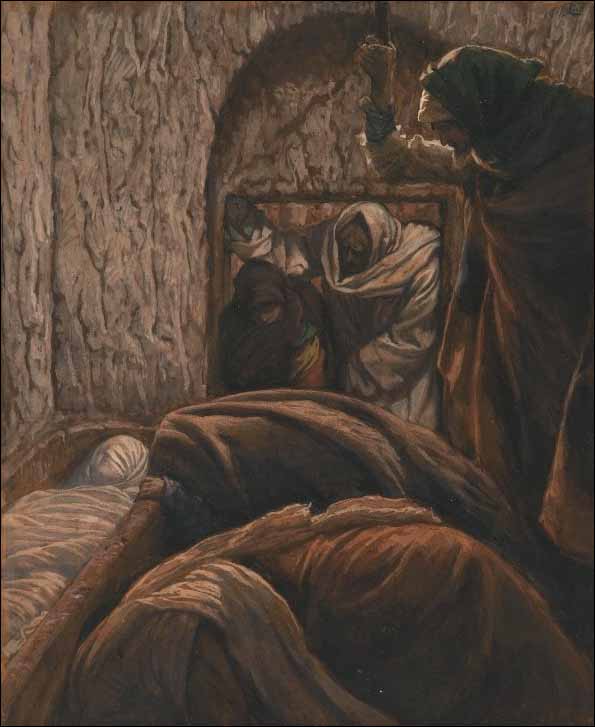
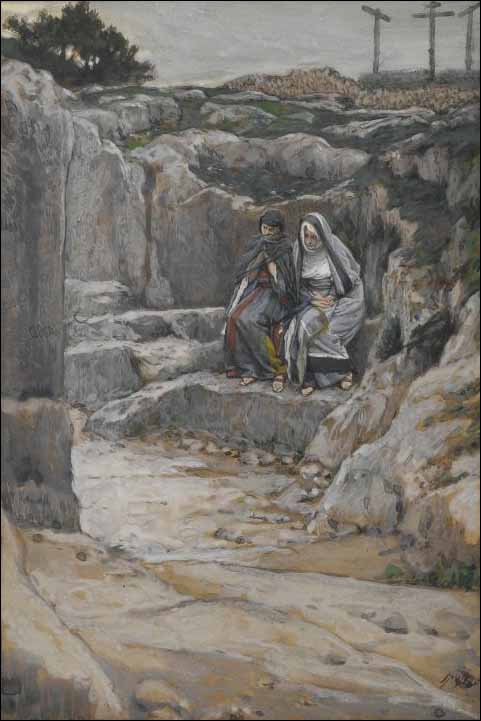
Leave a comment